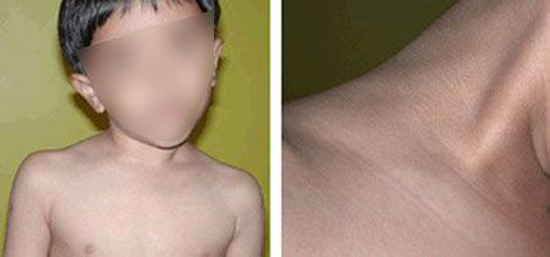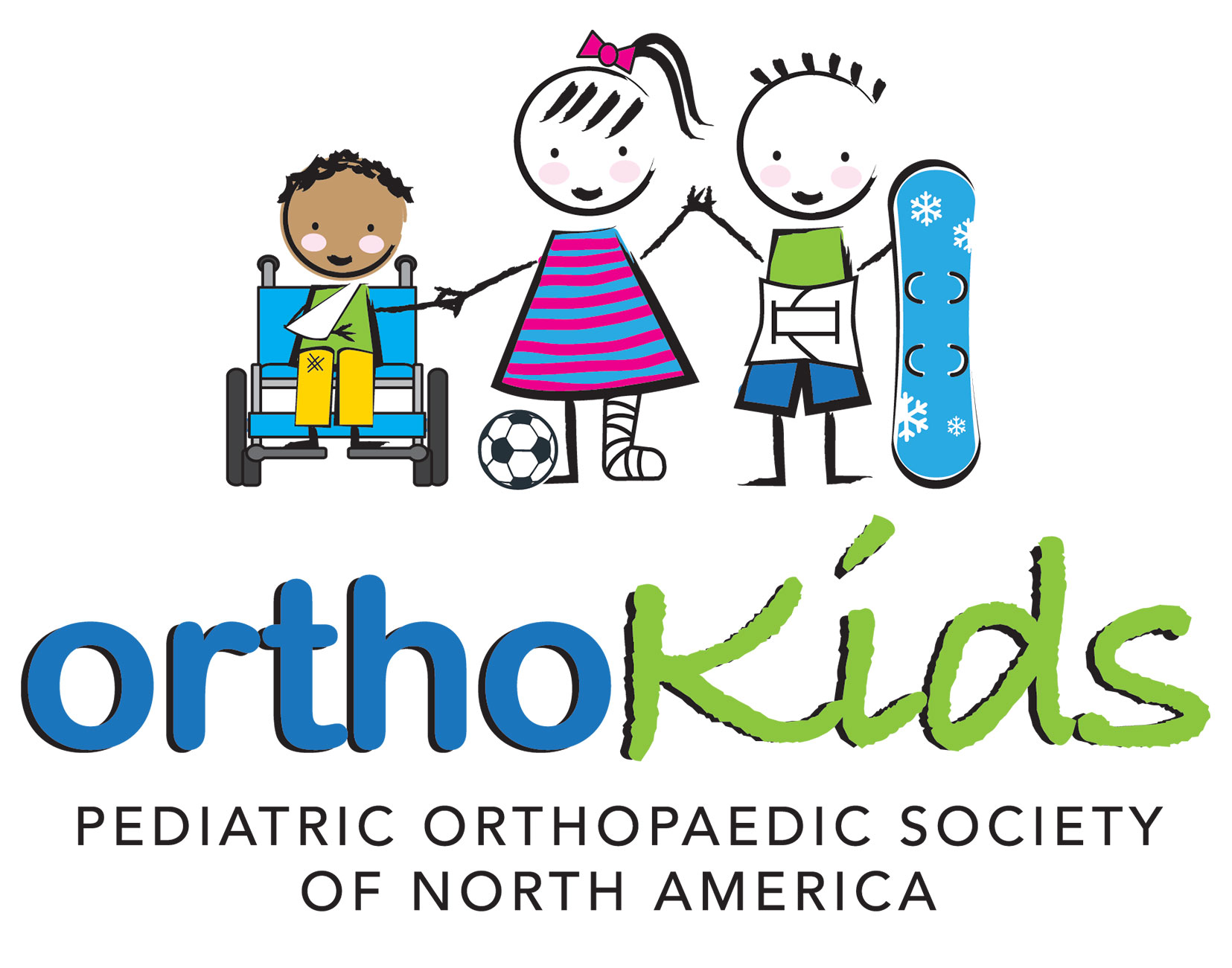Diseases & Conditions
Congenital Muscular Torticollis (Twisted Neck)
Congenital muscular torticollis, also called twisted neck or wry neck, is a condition in which an infant holds their head tilted to one side and has difficulty turning the head to the opposite side.
In congenital torticollis, the muscle that extends down the side of the neck — the sternocleidomastoid muscle — is tight and shortened. For most babies, stretching exercises and simple changes in how the infant is held or positioned will gradually lengthen the muscle and correct the problem.
Description
Congenital muscular torticollis is present at birth or develops soon after. It is usually discovered in the first 6 to 8 weeks of life, when a newborn begins to gain more control over the head and neck.
Some babies with congenital torticollis also have developmental dysplasia of the hip — a condition in which the head of the thighbone is not held firmly in the hip socket.
Torticollis can also develop later in infancy and childhood and even in adults. This type of torticollis is referred to as "acquired" torticollis and may be associated with a variety of conditions that require specialized treatment. Acquired torticollis is not discussed in this article.
Cause
The cause of congenital muscular torticollis is unknown; however, it may be related to abnormal positioning (breech position, for example) or "crowding" of the baby while in the uterus. This results in an injury to the neck muscle that scars as it heals. The amount of scar in the muscle determines how tight the muscle is.
Having tighter space in the uterus is more common for first-born children, who, as a result, are more likely to have torticollis, as well as hip dysplasia.
There is no known way to prevent congenital muscular torticollis.
This article covers only muscular torticollis. There are types of congenital torticollis that are not related to muscular tightness, including changes to the bones in the upper spine or differences in vision. They can be separated from a muscular cause with an evaluation by your pediatrician or a referral to an appropriate specialist. These types of congenital torticollis will not respond to the treatments detailed below and are not, therefore, the focus of this article.
Symptoms
- The head tilts to one side, and the chin points to the opposite shoulder. In 75% of babies with torticollis, the muscle on the right side of the neck is affected.
- Limited range of motion in the neck makes it difficult for the baby to turn their head side to side and move it up and down.
- During the baby's first few weeks, a soft lump may be felt in the affected neck muscle. This lump is not painful and gradually goes away before the baby reaches 6 months of age.
- One side of the face and head may flatten because the child always sleeps on one side.
Doctor Examination
If you notice that your child holds their head tilted to one side, consult your pediatrician.
Your child's doctor will:
- Discuss your child's general health and will ask specific questions about the torticollis symptoms
- Perform a comprehensive physical examination and check for other conditions that can cause torticollis symptoms
- Evaluate for any evidence of hip dysplasia, foot deformity, or flattening of the head
- Possibly order imaging tests, such as X-rays and ultrasound scans, to be taken of your child's neck and/or hips
Treatment
Nonsurgical Treatment
The standard treatment for congenital muscular torticollis consists of an exercise program to stretch the sternocleidomastoid muscle.
Stretching exercises include:
- Turning the baby's neck side to side so that the chin touches each shoulder
- Gently tilting the head to bring the ear on the unaffected side down to the shoulder.
These exercises must be done several times a day. Your child's doctor or a physical therapist will teach you how to perform the exercises.
There are other things that you can do at home to help:
- Place toys where your baby must turn their head to see them.
- Carry your child so that they look away from the limited side.
- Position the crib and changing table so that your child must look away from the limited side to see you.
- Lay your baby on their stomach for brief periods when awake (“tummy time”) to help strengthen the neck muscles.
Surgical Treatment
If nonsurgical options do not correct the torticollis, your child's doctor may suggest surgery.
Approximately 10% of children with congenital muscular torticollis require surgery. The operation is typically scheduled once the child reaches preschool years. The procedure, which will lengthen the short sternocleidomastoid muscle, may be done as an outpatient surgery, meaning your child could go home the same day.
AAOS does not endorse any treatments, procedures, products, or physicians referenced herein. This information is provided as an educational service and is not intended to serve as medical advice. Anyone seeking specific orthopaedic advice or assistance should consult his or her orthopaedic surgeon, or locate one in your area through the AAOS Find an Orthopaedist program on this website.








